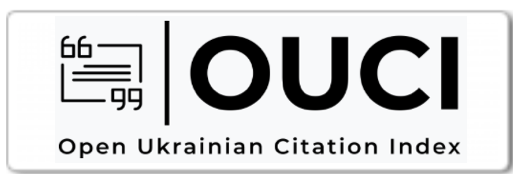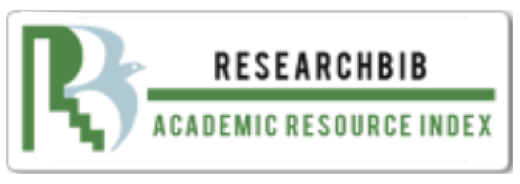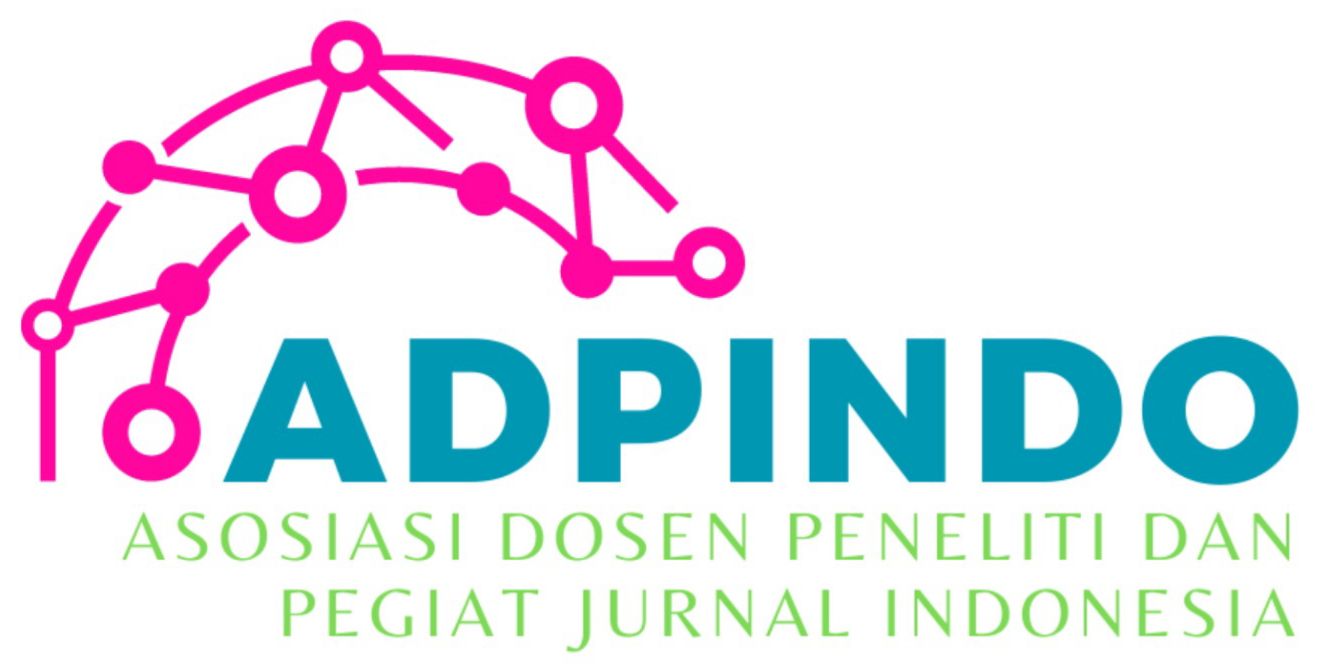THE EFFECT OF INTEREST RATES CHARGES ON ECONOMIC GROWTH IN TANZANIA, A CASE OF ILALA MUNICIPAL
Main Article Content
Halipha Iddy Mnunka
Masese Fred
Globally, interest rates have fallen to extreme lows in advanced economies and are expected to remain low. At the same time, market concentration, corporate profits and profit markups are constantly increasing. Additionally, the productivity gap between leaders and followers within the same industry has widened. The study aimed to investigate the effect of interest rates charges on economic growth in Tanzania. The study adopted case study research design with quantitative approach. The study adopted probability sampling procedure. The study used Slovenes formula to obtain sample size of 378 from target population of 6893 respondents. The study used questionnaire to obtain data needed. The finding of the study indicates that interest rate led to increase price of commodities in the market indicates that, Changes in interest rates can also affect the broader economy, influencing consumer behavior and demand for commodities. Higher rates can slow economic growth, leading to reduced demand for certain commodities. Also, interest rates affect currency values. Higher rates can lead to a stronger domestic currency... The study concluded that higher interest rates can drive up commodity prices and influence consumer behavior, potentially slowing economic growth and reducing demand for certain goods. This demonstrates that fluctuations in interest rates have broader implications for the economy. Also, increased interest rates can strengthen the domestic currency, but this appreciation may make commodities more expensive for foreign buyers, further complicating demand dynamics.
Altunyan, A.; Kotcofana, T. & Bazzhina, V. (2020). The Impact of Economic Policy Instruments on the Condition of Sustainable Economic Growth. SHS Web of Conference, Globalization and its Socio-Economic Consequences, 74 (06003).
Chugunov, I., Pasichnyi, M., Koroviy, V., Kaneva, T., & Nikitishin, A. (2021). Fiscal and monetary policy of economic development. European Journal of Sustainable Development, 10(1), 42-42.
Eggertsson, G. B., Juelsrud, R. E., Summers, L. H., & Wold, E. G. (2024). Negative nominal interest rates and the bank lending channel. Review of Economic Studies, 91(4), 2201-2275.
Kothari, C. (2012). Research methodology methods and techniques (3rd Ed.). New Dellhi: New Age International (P) Ltd
Kothari, C. R. (2013). Research methodology: theory and techniques. New Age
Li, M., & Zhu, C. (2024). The Impact of Accidental Shocks on Asset Prices from the Perspective of Financial Industry Opening. Theoretical Economics Letters, 14(4), 1455-1477.
Mbarara, D. (2020). Effect of Financial Liberalisation of Interest Rates and Inflation Adjustments on The Economic Growth In Tanzania (Doctoral Dissertation, Institute Of Accountancy Arusha)
Mbowe, W. E., Mrema, A., & Shayo, S. (2020). Determinants of bank lending interest rates in Tanzania. American Journal of Industrial and Business Management, 10(07), 1206.
Mehtiyev, J., Magda, R., & Vasa, L. (2021). Exchange rate impacts on international trade. Economic Annals-XXI/Ekonomìčnij Časopis-XXI, 190.
Moh’d, A. V. (2020). The effect of exchange rate, inflation rate, interest rate and economic growth on agriculture export earnings in Tanzania.
Rushchyshyn, N. et al., (2021). The impact of banking sector development on economic growth: Comparative analysis of Ukraine and some EU countries. Investment Management and Financial Innovations, XVIII(2)
Said, A. (2023). Analysis Of The Role Of Commercial Banks On Economic Growth Of Tanzania: A Time Series Study (Doctoral Dissertation, Institute Of Accountancy Arusha (Iaa)).
Schwert, M. (2020). Does borrowing from banks cost more than borrowing from the market? The Journal of Finance, 75(2), 905-947.
Stoica, O., Roman, A., & Rusu, V. D. (2020). The nexus between entrepreneurship and economic growth: A comparative analysis on groups of countries. Sustainability, 12(3), 1186.
Vogel, R. C. (2021). Savings mobilization: the forgotten half of rural finance. In Undermining rural development with cheap credit (pp. 248-265). Routledge.
Zakhidov, G. (2024). Economic indicators: tools for analyzing market trends and predicting future performance. International Multidisciplinary Journal of Universal Scientific Prospectives, 2(3), 23-29.






































